The Royal Palace of Madrid: A Majestic Symbol of Spain’s History and Culture

The Royal Palace of Madrid: A Majestic Symbol of Spain's History and Culture
The Royal Palace of Madrid: A Majestic Symbol of Spain’s History and Culture
The Royal Palace of Madrid, or Palacio Real de Madrid, is one of the most impressive and significant landmarks in Spain. As the official residence of the Spanish royal family, although they now reside at the Palacio de la Zarzuela, the Royal Palace remains a vital cultural and historical symbol. This magnificent structure, with its grand architecture, rich history, and extensive art collections, attracts millions of visitors each year. This article provides an in-depth look at the history, architectural features, cultural significance, and visitor experience of the Royal Palace of Madrid.

Historical Background
The site of the Royal Palace has been of strategic importance since the 9th century when a Moorish fortress stood on the location. In the 16th century, King Philip II moved his court to Madrid and transformed the fortress into a royal residence. However, the original structure was destroyed by a fire on Christmas Eve in 1734. King Philip V commissioned the construction of a new palace, designed to reflect the grandeur and power of the Spanish monarchy.
Construction of the current palace began in 1738 under the direction of architects Filippo Juvarra and Giovanni Battista Sacchetti. The building was completed in 1755 and has since undergone various modifications and restorations. The palace has served as the residence for the Spanish monarchs and the site of numerous state ceremonies, receptions, and official events.
Architectural Features
The Royal Palace of Madrid is an architectural masterpiece that showcases a blend of Baroque and Classical styles. Its design was inspired by the Palace of Versailles and the Louvre in France, reflecting the European influences of the time.
Exterior: The palace’s exterior is characterized by its symmetrical layout, ornate decorations, and extensive use of stone and marble. The main façade, facing the Plaza de la Armería, is adorned with classical columns, statues, and intricate carvings. The grand entrance is flanked by two towers, adding to the palace’s imposing appearance.
Courtyards: The Royal Palace features several courtyards, the most notable being the Plaza de la Armería and the Patio de los Reyes. The Plaza de la Armería serves as the main ceremonial space, hosting events such as the Changing of the Guard. The Patio de los Reyes, or the Courtyard of the Kings, is named after the statues of Spanish kings that line its perimeter.
Interior: The interior of the Royal Palace is equally magnificent, with over 3,000 rooms lavishly decorated with frescoes, tapestries, and priceless artworks. Some of the most notable rooms include:
- The Throne Room: Also known as the Salón del Trono, this room is one of the most opulent in the palace. It features a ceiling painted by Giovanni Battista Tiepolo, depicting the Allegory of Spain, and is furnished with exquisite red velvet and gold accents. The room is used for official ceremonies and receptions.
- The Hall of Mirrors: Inspired by the Hall of Mirrors at the Palace of Versailles, this room is adorned with crystal chandeliers, mirrored walls, and intricate frescoes. It was used for state banquets and diplomatic gatherings.
- The Royal Chapel: The chapel is a beautiful example of Baroque architecture, featuring a stunning altarpiece by Sabatini and frescoes by Corrado Giaquinto. It serves as a place of worship for the royal family and is used for religious ceremonies.
- The Royal Library: This room houses an extensive collection of books, manuscripts, and historical documents. The library’s rich woodwork and elegant design make it a highlight of the palace tour.
- The Armory: The Royal Armory of Madrid, located within the palace complex, contains one of the most important collections of arms and armor in the world. It includes suits of armor, weapons, and military artifacts dating back to the 13th century.

Art Collections
The Royal Palace of Madrid is home to an impressive art collection, rivaling some of the finest museums in the world. The collection includes works by renowned artists such as Velázquez, Goya, Caravaggio, and Tiepolo. The palace’s walls are adorned with magnificent tapestries, many of which were produced in the Royal Tapestry Factory of Madrid.
One of the most notable pieces in the collection is Goya’s “Charles IV of Spain and His Family,” a masterpiece that provides a glimpse into the royal court of the late 18th century. The palace also houses the Royal Pharmacy, with its collection of ceramic jars and medicinal instruments, offering insight into the history of medicine.
Cultural and Historical Significance
The Royal Palace of Madrid is not just a residence but a symbol of Spain’s rich cultural and historical heritage. It has been the backdrop for significant events in Spanish history, from royal weddings and state banquets to political ceremonies and international diplomacy.
Monarchy and Governance: The palace has played a crucial role in the governance of Spain. It was the site where numerous treaties were signed, and important political decisions were made. Although the Spanish royal family now resides in the smaller Palacio de la Zarzuela, the Royal Palace remains the official residence and is used for state functions.
Cultural Events: The palace hosts various cultural events throughout the year, including concerts, exhibitions, and historical reenactments. These events provide an opportunity for visitors to experience the grandeur of the palace while learning about Spain’s history and culture.
Tourism: As one of Madrid’s most popular tourist attractions, the Royal Palace draws millions of visitors annually. It offers a unique glimpse into the opulent lifestyle of the Spanish monarchy and the architectural splendor of the 18th century. The palace’s extensive art collection and beautifully preserved rooms make it a must-visit destination for art lovers and history enthusiasts.
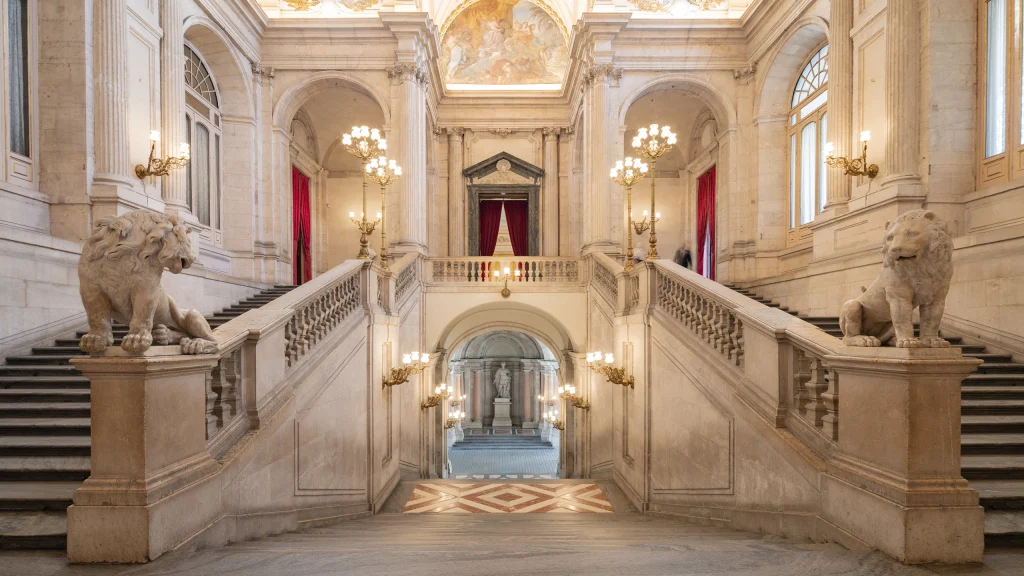
Visiting the Royal Palace of Madrid
A visit to the Royal Palace of Madrid is a highlight of any trip to the Spanish capital. Here are some tips and recommendations for making the most of your visit:
Tickets and Tours: It is advisable to purchase tickets in advance, especially during peak tourist seasons, to avoid long lines. Various ticket options are available, including general admission, guided tours, and combined tickets with other attractions. Guided tours provide valuable insights into the palace’s history, architecture, and art collections.
Best Time to Visit: To avoid the largest crowds, consider visiting early in the morning or late in the afternoon. Weekdays are generally less crowded than weekends. The palace is open year-round, but visiting during off-peak seasons can provide a more relaxed experience.
Exploring the Grounds: In addition to the palace’s interior, the grounds and gardens surrounding the palace are worth exploring. The Sabatini Gardens, located to the north of the palace, offer a tranquil retreat with beautifully manicured hedges, statues, and fountains. The Campo del Moro Gardens, to the west, provide a picturesque setting with views of the palace.
Cultural Experiences: Check the palace’s schedule for cultural events and exhibitions. Attending a concert or special exhibition can enhance your visit and provide a deeper appreciation for the palace’s cultural significance.
Practical Tips: Wear comfortable shoes, as you will be doing a lot of walking. Be mindful of the dress code, as the palace is a place of historical and cultural importance. Photography is allowed in certain areas, but flash and tripods are prohibited. Facilities such as restrooms, a café, and a gift shop are available on-site.
The Future of the Royal Palace
The Royal Palace of Madrid continues to be a symbol of Spain’s enduring monarchy and cultural heritage. Ongoing preservation and restoration efforts ensure that this architectural gem remains in pristine condition for future generations to admire. The palace’s role as a venue for state functions and cultural events ensures its continued relevance and significance in contemporary Spanish society.
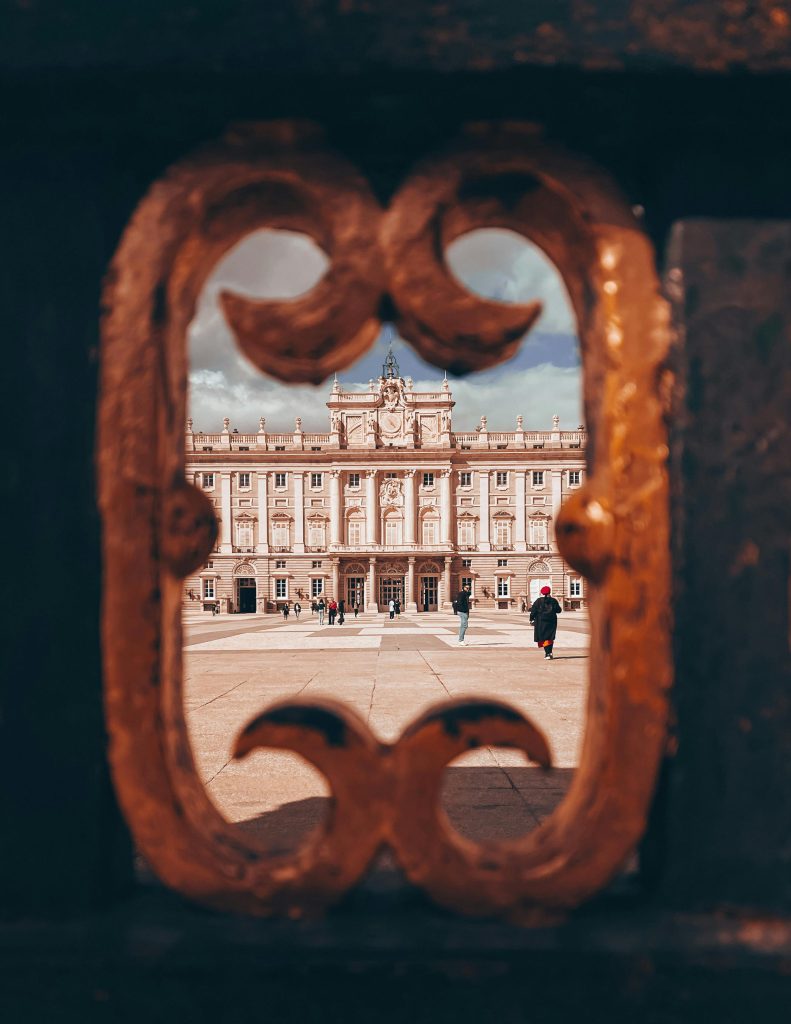
Conclusion
The Royal Palace of Madrid stands as a testament to the grandeur and history of Spain’s monarchy. Its stunning architecture, lavishly decorated rooms, and extensive art collections make it one of the most remarkable palaces in the world. Visitors to Madrid are offered a unique opportunity to step back in time and experience the opulence and cultural heritage of Spain’s royal past.
As you explore the Royal Palace, you will be captivated by its beauty and the stories that echo through its halls. Whether you are an art enthusiast, a history buff, or simply a curious traveler, the Royal Palace of Madrid promises an unforgettable journey into the heart of Spanish history and culture.
Bitcoin News thecoins24 Cryptocurrency airdrop theforex24 Aypa Group Aypa website design
تحصیل در ایتالیا تحصیل رایگان در ایتالیا پذیرش تحصیل در ایتالیا دانشگاه های ایتالیا
-
The Royal Palace of Madrid: A Majestic Symbol of Spain’s History and Culture
The Royal Palace of Madrid: A Majestic Symbol of Spain’s History and Culture The Royal Palace of Madrid, or Palacio Real de Madrid, is one of […]

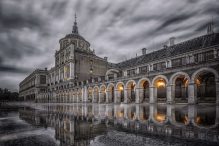
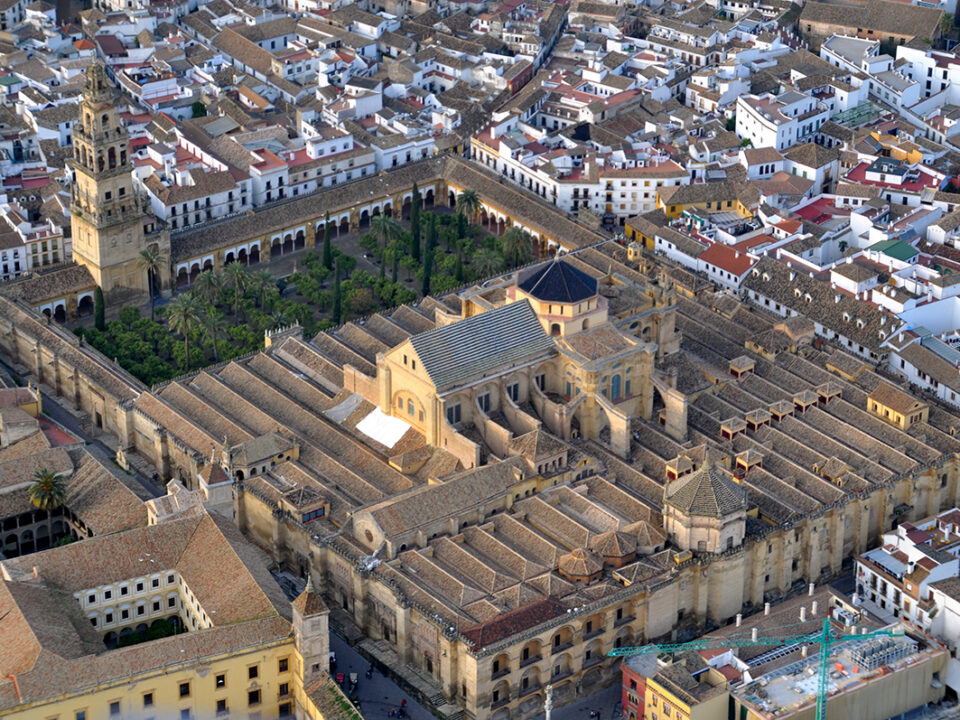
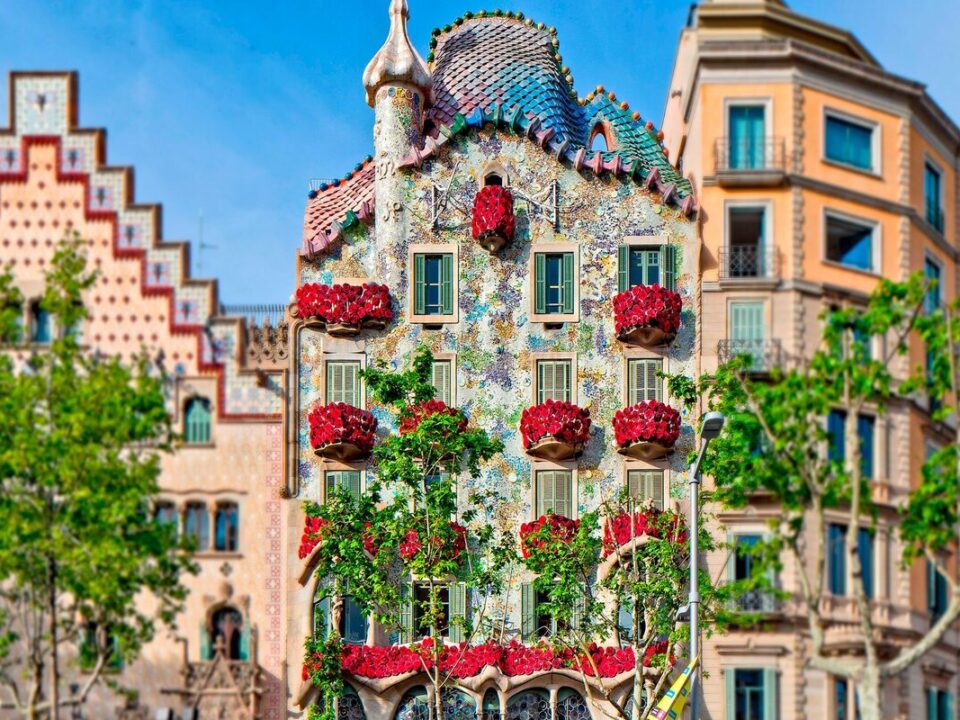

1 Comment
[…] está en España. (Madrid is in […]